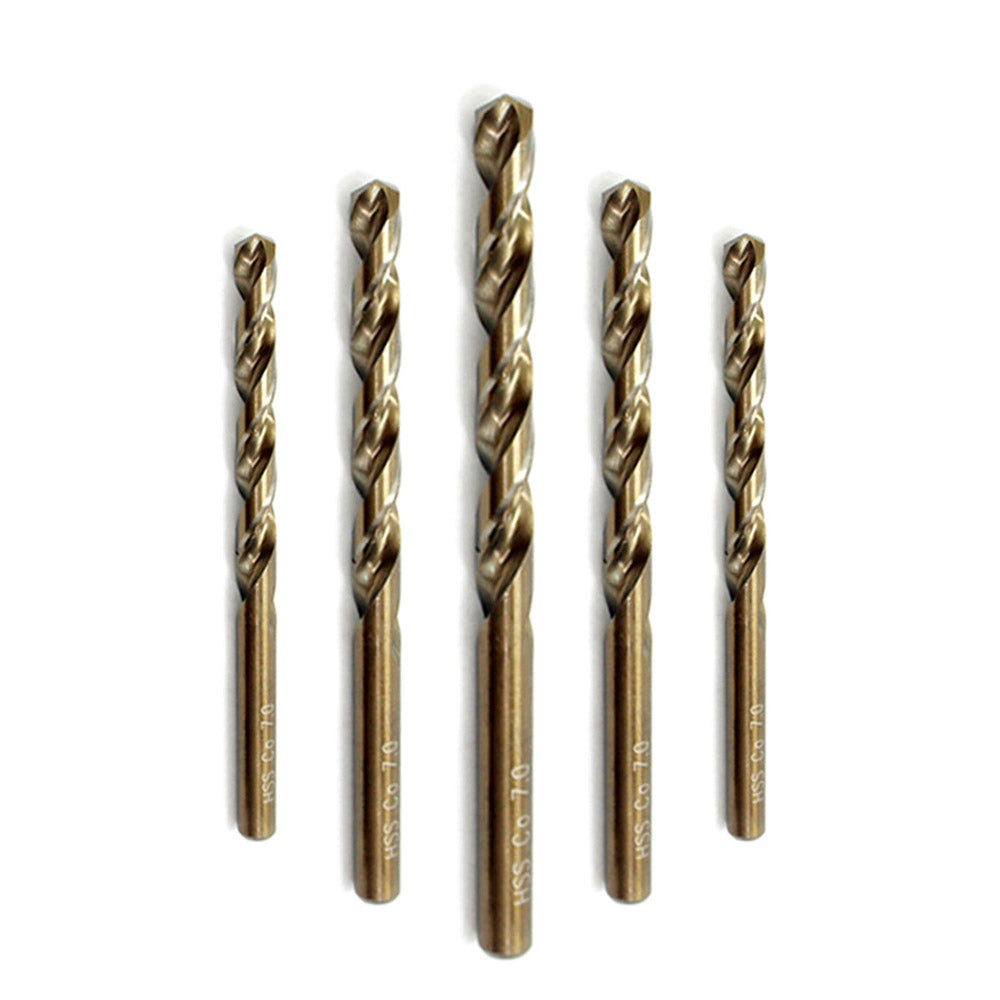What is the difference between a twist drill and a core drill
A twist drill and a core drill are two different types of drilling tools used for specific applications. Here's a comparison of the two:
Twist Drill:
A twist drill is a common type of drill bit used for general drilling applications in various materials, such as wood, metal, plastic, and more. It features a cylindrical body with spiral flutes that extend from the tip to the shank. The key characteristics of a twist drill include:
1. Cutting Action: A twist drill cuts by rotating and simultaneously pushing into the material. The spiral flutes help to remove the chips or debris from the hole as the drill advances.
2. Point Angle: Twist drills have a point angle at the tip, typically around 118 degrees or 135 degrees. The point angle affects the cutting performance and is chosen based on the material being drilled.
3. Versatile Use: Twist drills are versatile and suitable for a wide range of drilling tasks. They come in various sizes and can be used in handheld drills, drill presses, or milling machines.

Core Drill:
A core drill, also known as a hole saw or annular cutter, is designed specifically for creating larger-diameter holes in materials such as wood, metal, masonry, or concrete. It consists of a cylindrical body with a hollow center and sharp teeth on the cutting edge. The key characteristics of a core drill include:
1. Core Extraction: Unlike a twist drill that creates solid cylindrical holes, a core drill removes a circular core or plug from the material being drilled. The hollow center of the core drill allows for easy removal of the cut-out core.
2. Cutting Teeth: Core drills have cutting teeth or segments on the outer edge, which perform the cutting action. These teeth are typically made of carbide or diamond for durability and efficient cutting.
3. Larger Hole Sizes: Core drills are available in larger diameters than twist drills, making them suitable for creating holes of various sizes, including holes for pipes, cables, or conduits.
Specialized Equipment: Core drills require specific equipment for operation. They are commonly used with a drill press, magnetic drilling machine, or dedicated core drilling equipment.
Material Compatibility: Core drills are designed for specific materials, and different types of core drills are available for drilling through wood, metal, masonry, or concrete. It's important to choose the appropriate core drill and cutting speed based on the material being drilled.
In summary, a twist drill
is a versatile drill bit used for general drilling tasks, while a core drill is specialized for creating larger-diameter holes with the ability to extract a core or plug. Twist drills are commonly used in handheld drills or drill presses for various materials, while core drills require specific equipment and are suitable for specific materials and larger hole sizes.
|